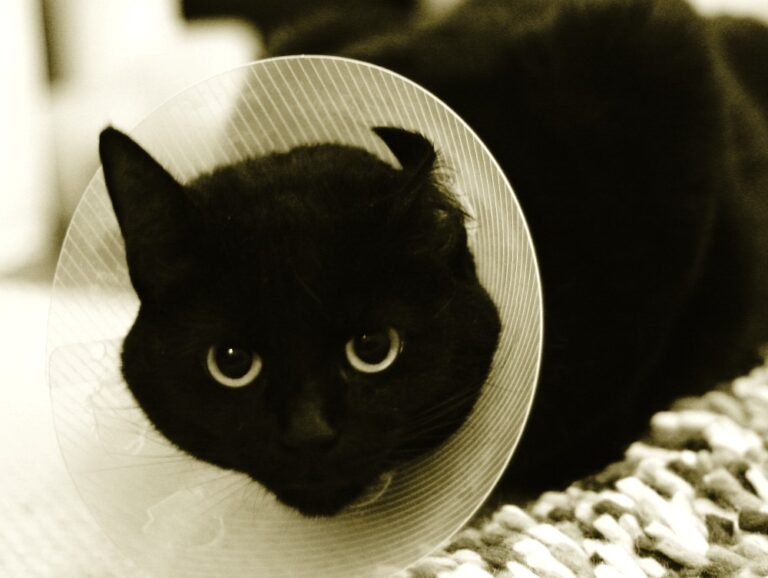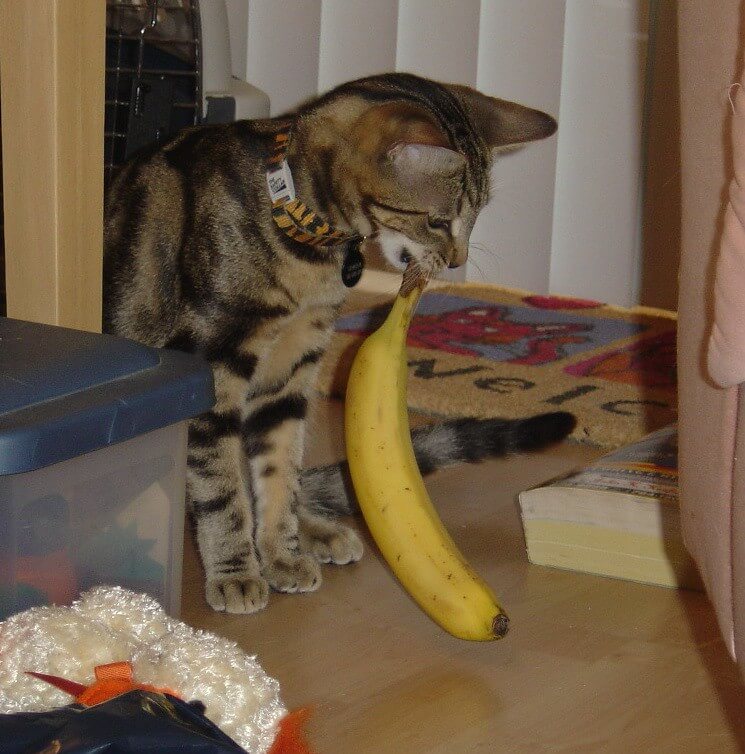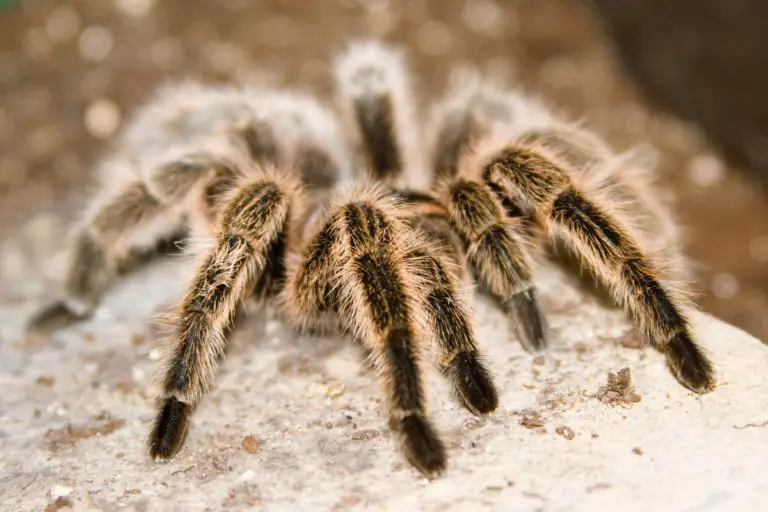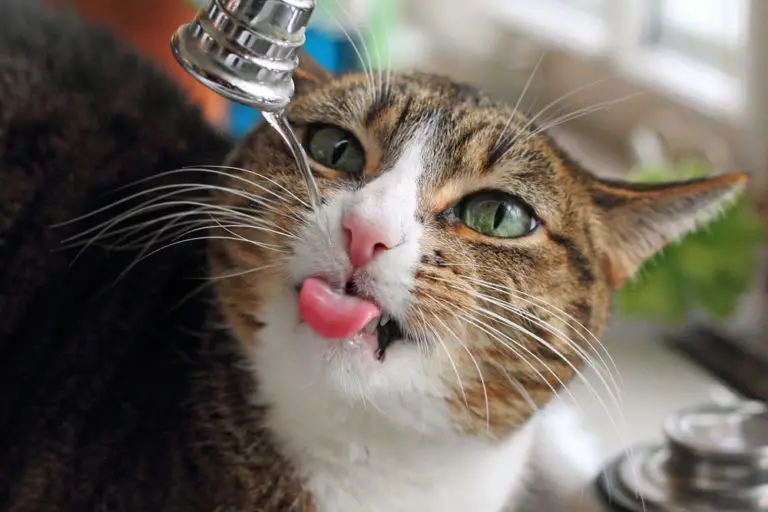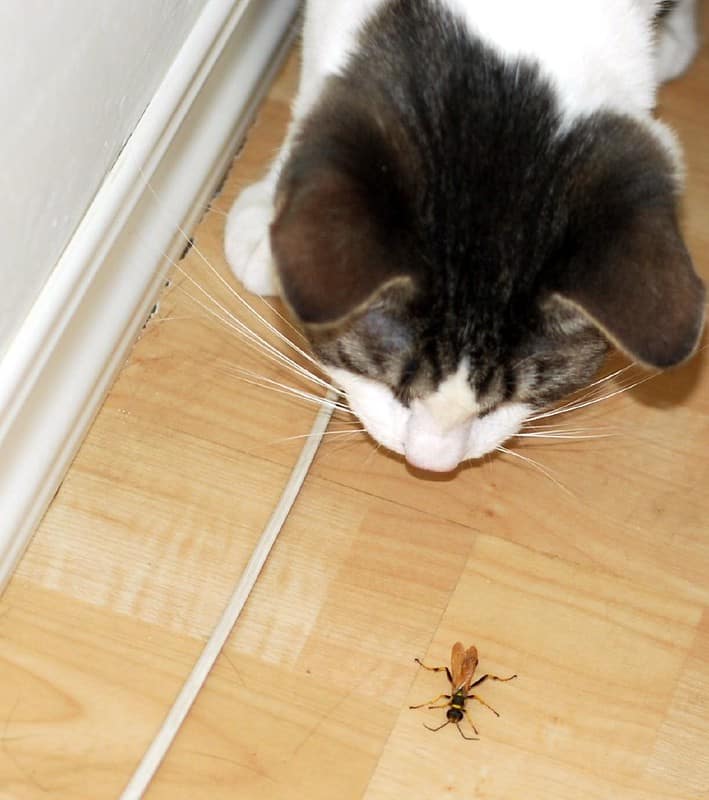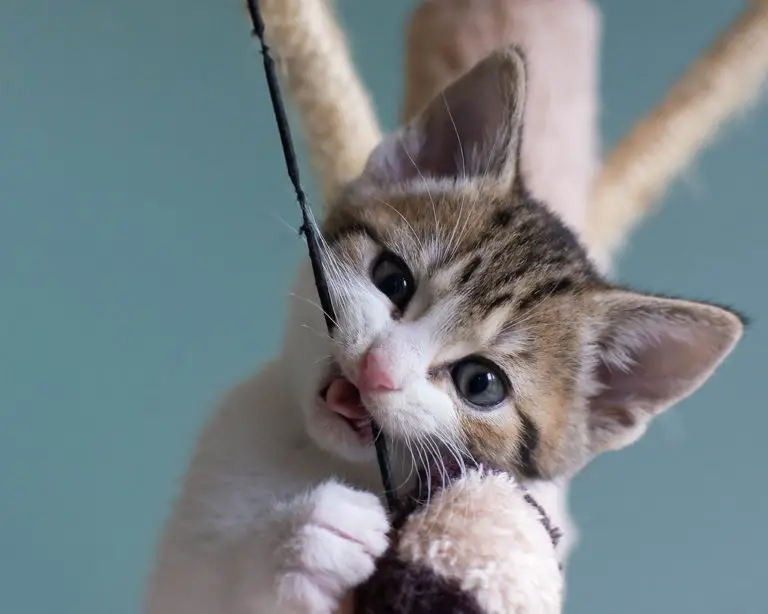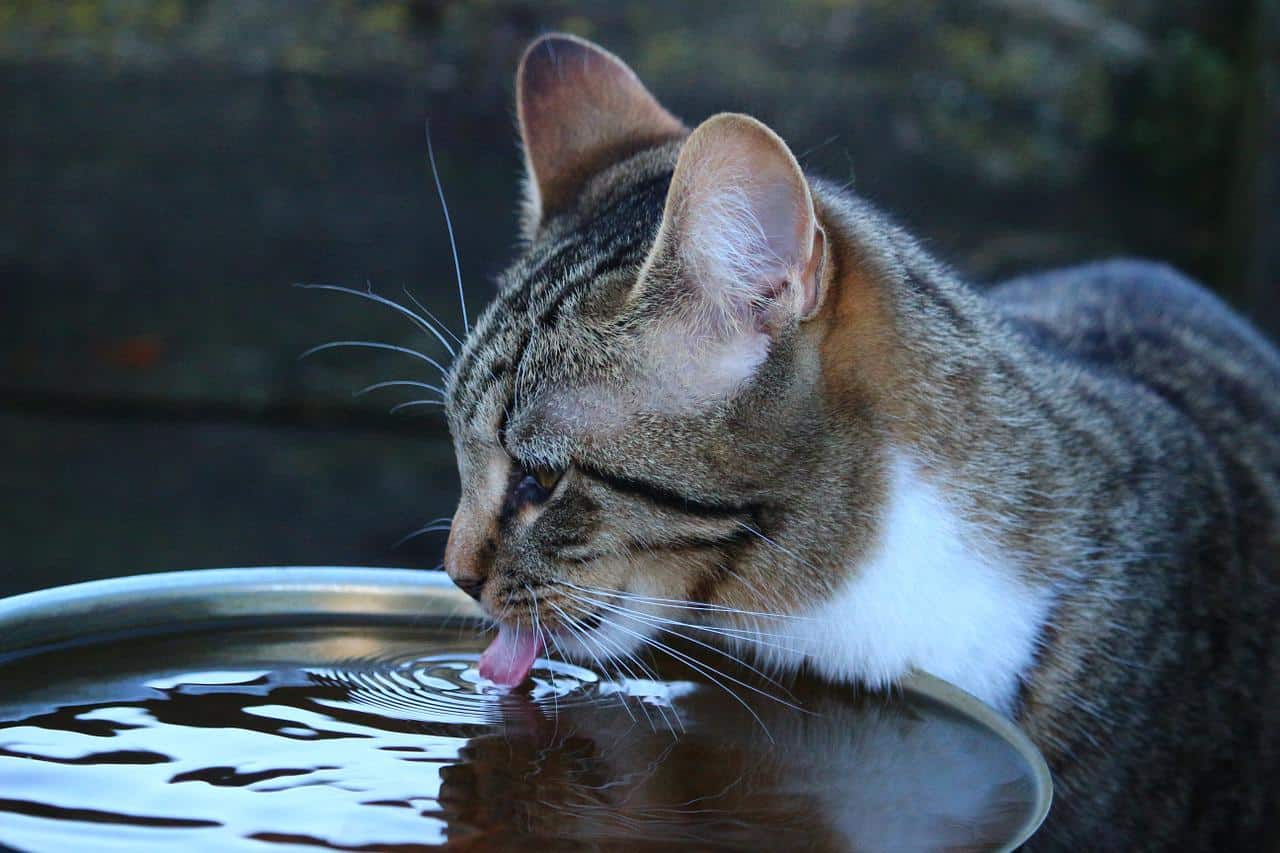
Cats are very finicky about their water. They like to drink it fresh and clean, which is why they often drink more water than the average pet. If you own a cat, then you probably know that they will drink water even when they don’t need it. This behavior can be frustrating to owners who have to constantly refill their cat’s bowl. However, there are some reasons why cats drink so much water that you might not have known before.
Cats are pretty picky about what they eat, but they need a lot more water than dogs do. Cats get most of their moisture by eating prey animals, which are 60-70% water. In contrast, dogs get most of their moisture from the food they eat and only require about 1/8 cup of water per 10 pounds of body weight.
Cats are carnivores and they eat meat as their primary source of nutrition. Meat contains a lot of protein and fat which helps them grow strong bones and muscles. However, these nutrients also make them lose a lot of water through urination and other bodily processes. In fact, studies have shown that cats only absorb about 10% of their diet from their food while humans absorb up to 80%. This means that cats need more water than dogs in order to maintain proper hydration levels in their bodies.
Cats also have a higher metabolic rate than dogs do (they burn energy faster), which means that they need more water to maintain their body temperature as well as to flush out toxins from their bodies.
If you’re worried about your cat not getting enough water, try adding some wet food or canned tuna to his diet. You can also give him a bowl of fresh water every day so that he has an easy way to get enough fluids in his diet.
Is It Good for Cats to Drink a Lot of Water?
Cats are famous for their love of water, and it’s not uncommon to see them lapping up the clear stuff. However, some owners may be wondering whether it’s good for cats to drink a lot of water or if they should hold back on the liquid intake.
Drinking lots of water is good for cats because it helps keep them hydrated. Cats are naturally meant to take in much of their water from their prey (including mice or birds), but this is less common in today’s domesticated feline population. Without enough fresh water available, your cat can become dehydrated and experience health problems that range from mild to severe.
Cats are known for being picky eaters, and sometimes cats with diabetes or kidney disease will drink more water in an attempt to stay hydrated — even though it’s not good for them to have too much water.
If your cat is drinking a lot of water, you should take him to the vet immediately to make sure there isn’t another problem. If there isn’t any reason for your cat’s thirst, it might be time for a change in diet or a different kind of water bowl.
Cats’ kidneys are designed to conserve water and make it easier for them to urinate. The kidneys are able to concentrate urine so that it is much more concentrated than human urine. This means that cats do not have to drink nearly as much water as humans do in order to stay hydrated.
How Many Times a Day Should a Cat Drink Water?
Drinking water is essential for cats. It helps them maintain their health and keeps them hydrated, which can be especially important in the summer months. But how many times should your cat drink water?
Cats need to drink enough water so that they urinate frequently and produce small urine volumes. A healthy adult cat will drink between 1/2 ounce (about 15 ml) and 1 ounce (30 ml) of water per pound of body weight per day. For example, a 10 pound (4 kg) adult should be drinking about 5 ounces (150 ml) or so per day or every two days or so depending on activity level.
If your cat is overweight, then he will need even more water because fat cells don’t absorb as much fluid as lean tissue does. Also consider how much food your cat eats and how active he is because both will determine how much water he needs to consume each day.
Cats should drink water at least once per day, but many cats drink more than that. If you notice that your cat isn’t drinking as much as usual, it’s a good idea to contact a veterinarian right away.
The best way to tell if your cat is getting enough water is by watching their urine output. Urine color varies from clear to yellowish-orange depending on what they’ve been eating recently and how hydrated they are. In general, if their urine is dark or very concentrated, then they are probably not getting enough fluid in their diet. Cats who aren’t drinking enough will become dehydrated quickly and can develop serious medical conditions as a result.
How Do You Know if Your Cat Is Drinking Too Much Water?
Sometimes it’s hard to tell if your cat is drinking too much water. A good rule of thumb is if your cat is urinating more than normal, they may be suffering from a urinary tract infection.
Cats get most of their water from their food, so it’s not uncommon for a cat to drink more than the average amount of water. However, if you’ve noticed that your cat is drinking excessively more often than normal, then you may need to take action.
Here are some signs that your cat may be drinking too much water:
Your cat has frequent urination or diarrhea. If your cat has been urinating more frequently and/or has diarrhea, then it could be a sign that he or she is drinking too much water.
Your cat has gained weight rapidly. An increase in weight can also be another sign that your cat is drinking too much water. Cats who are overweight tend to drink more because they are thirsty and don’t have enough energy to play and exercise due to the extra weight on their bodies.
Your cat drinks out of the toilet bowl or other places around the house where there isn’t any running water like sinks or faucets. If you notice that your cat is drinking out of places where there isn’t any running tap water (like toilets)
What Are the Signs of Kidney Failure in Cats?
Kidney failure can be a devastating condition for cats. It’s also highly preventable if you know what to look out for and how to treat it early enough. Here’s what you need to know about this potentially life-threatening disease.
If your cat is showing any of the following signs, it’s important to get them checked by a veterinarian.
Changes in Urination
One of the first signs of kidney failure in cats is increased thirst and urination. You may notice that your cat is drinking more and going to the bathroom more often than normal. This is because the kidneys are not filtering waste products from your cat’s body as effectively as they should be — so your pet has to drink more water to compensate for this.
Weight Loss
Another common symptom of kidney failure in cats is weight loss, particularly if it occurs rapidly. If your pet isn’t eating enough due to nausea or vomiting, they could lose weight quickly because their body won’t be getting the nutrients it needs to maintain muscle mass or continue growing normally.
Nausea and Vomiting
Some cats with kidney disease experience nausea and vomiting as well as appetite loss or decreased appetite. Vomiting can be caused by crystals building up in the kidneys that irritate the lining of these organs and cause them to produce excess fluid. This fluid then has nowhere else to go except into your cat’s stomach where it causes nausea and vomiting.
Kidney failure can be caused by many different things — most commonly by diabetes or age-related disease — but it can also be congenital (present from birth) or acquired later in life due to an underlying medical issue that leads to kidney dysfunction.

